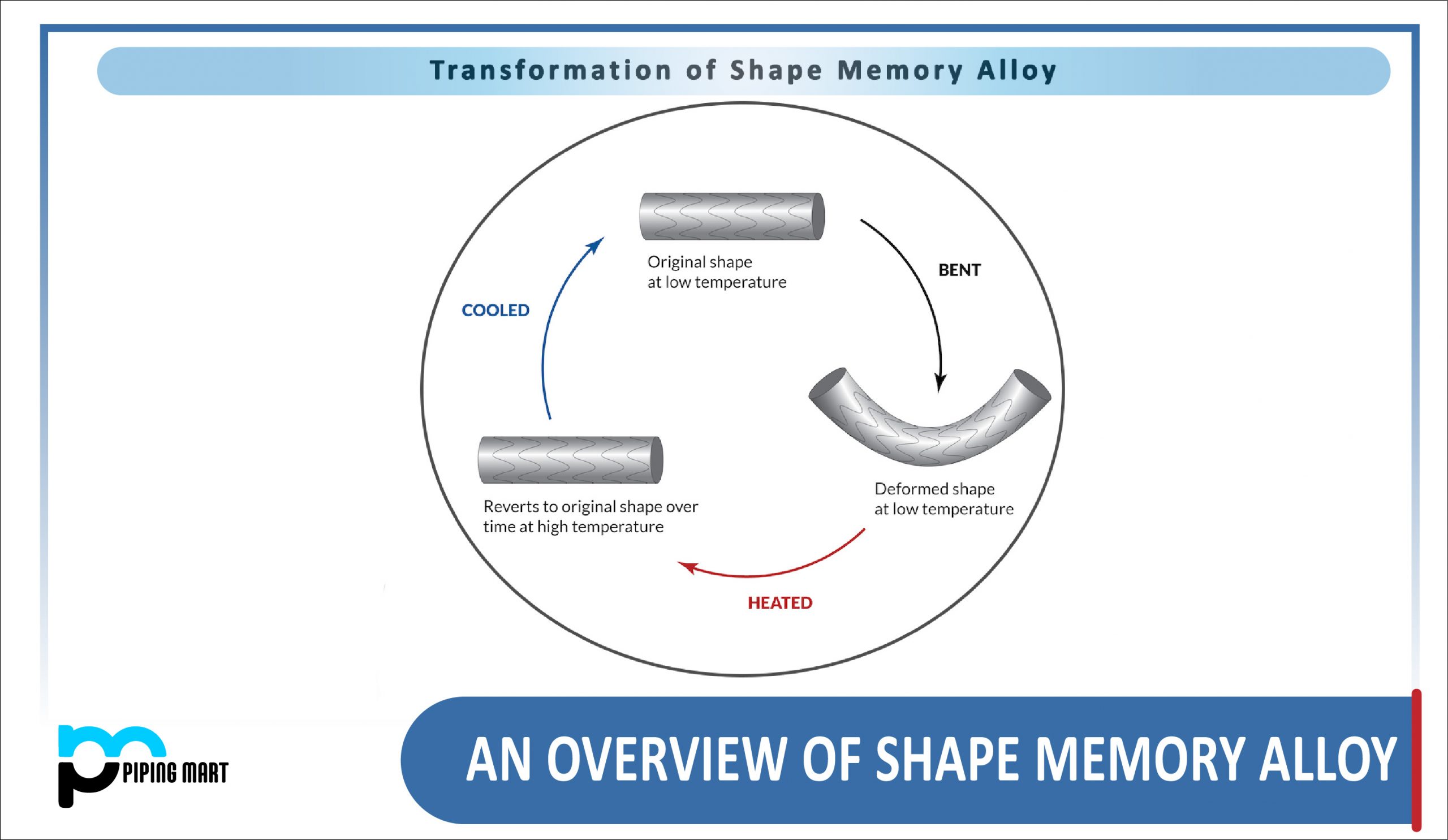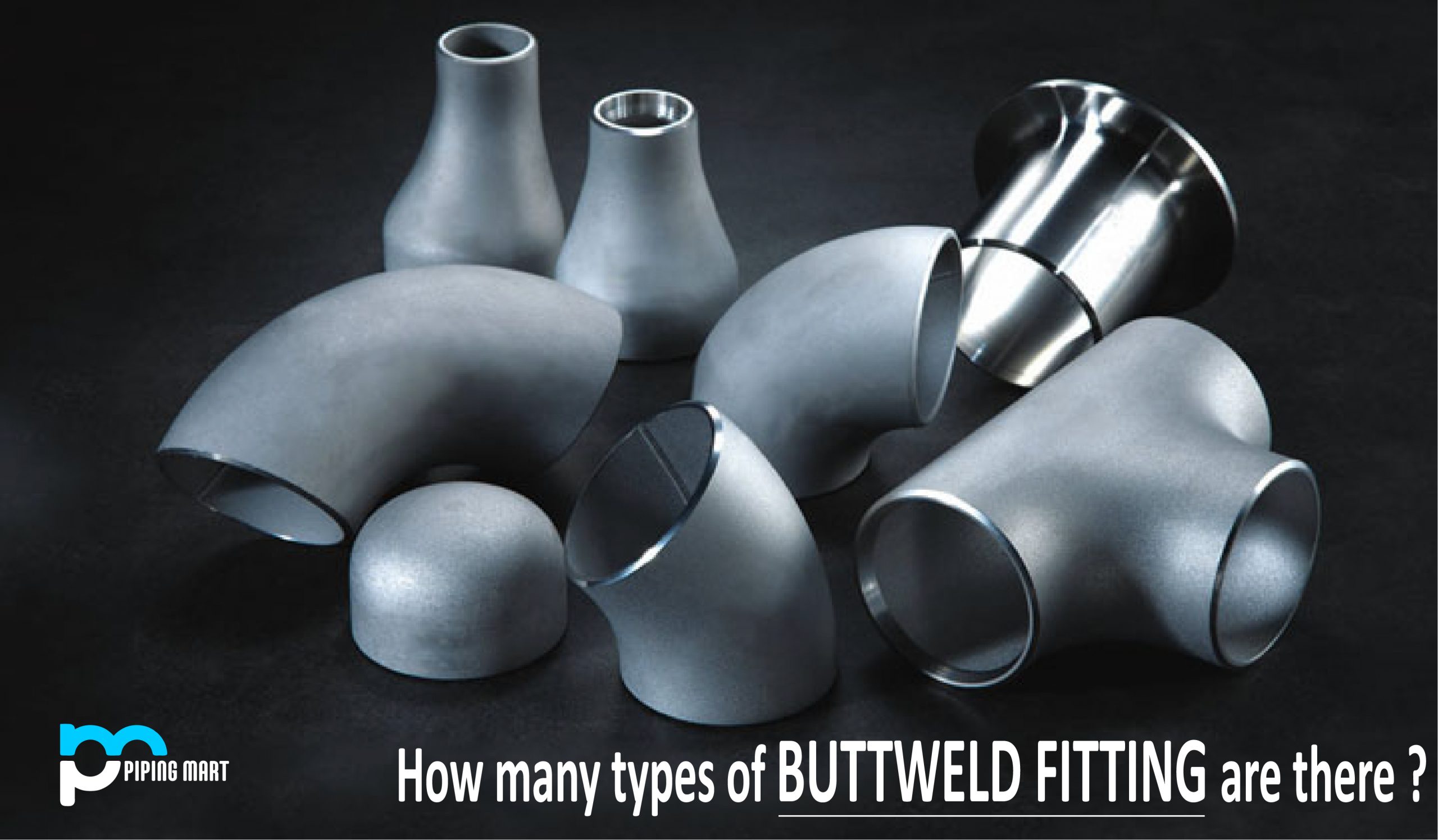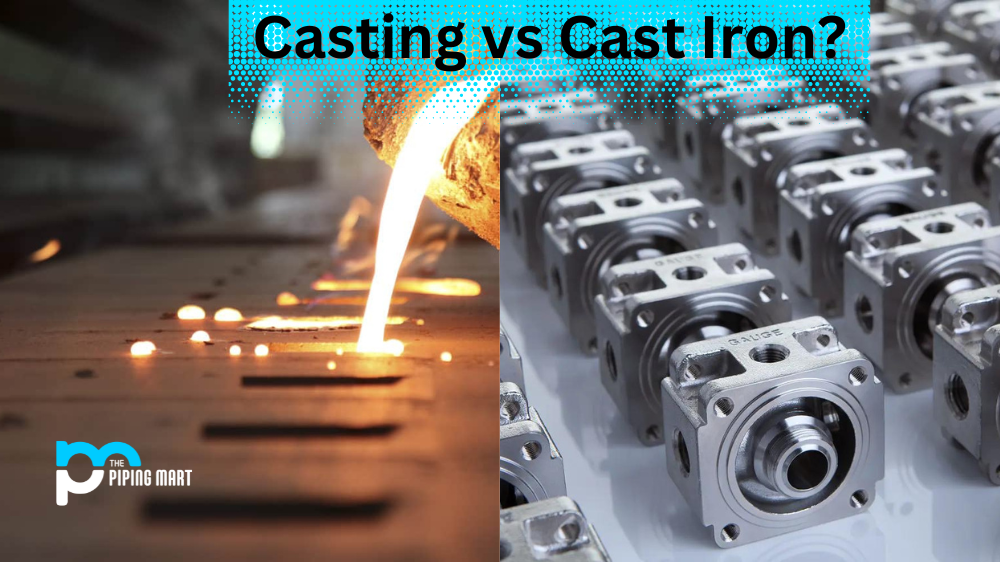What is shape memory alloy?
Shape Memory Alloys (SMAs) are intermetallic alloys that are capable of deformation but may be heated to restore their original shape. Because deformation occurs through detwinning rather than dislocation motion, which can be reversed during a martensite to austenite phase shift, SMAs are effective. SMAs may hold the key to developing more effective aircraft and precise robot controls.
This material has two different, reversible atom arrangements (crystal structures), one at high temperatures and the other at low temperatures, which constitute the basis for this peculiar phenomena. The material can be formed as needed at high temperatures, where one of the crystal forms is preferred, and it keeps this geometry as it cools to lower temperatures. When cooled, the material can be bent and twisted beyond recognition of its original form, yet when heated, the low temperature atomic arrangement recovers to its original form, miraculously taking on the original shape.
Super plasticity is a characteristic of SMAs that causes them to behave almost like rubber. The application of this quality is found in eyeglass frames. When compared to the majority of other metals, SMAs may deform significantly. They can also recover from rather substantial strains of about 7% thanks to their superelasticity, albeit there is some hysteresis present.
Why is shape memory alloy useful?
SMAs can perform work because they alter their shape when heated. They might theoretically be used to transform heat energy into mechanical energy. Although it is technically possible to construct a motor using a wire made of this alloy, that is not their most advantageous quality.
Applications of shape memory alloys
- This alloy has good corrosion resistance, good corrosion resistance, great mechanical properties, is relatively inexpensive and simple to create, is non-toxic and may be used for biomedical applications, and it also possesses the SME and pseudoelasticity.
- SMAs can be utilised for vibration dampening since the stress-induced transformation (pseudoelasticity) also absorbs energy without moving. It would function in a manner similar to how a half-melted ice cube, which would freeze or melt slowly while maintaining the same temperature, would moderate temperature swings around 0 °C.
- Doctors can use them as stents to open blood vessels and aid in the clearing of clogged arteries by making use of the shape memory effect.
- Shower heads and other safety equipment can use it.
- SMAs are also used in the field of civil engineering. They have, for instance, been applied to bridge construction.
- Due to their shape-changing capabilities, SMAs can be utilised as actuators and may find usage in spacecraft and aeroplanes because they are lighter and more energy-efficient than heavy mechanical actuators.
- Retrofitting structures that weren’t built with seismic consideration is yet another potential use for SMAs.
- SMAs with high operating temperatures may be used, for example, to reduce airport noise from approaching planes. Depending on the temperatures experienced during the various flight stages, the SMAs may automatically alter the size of the exhaust nozzles.
Challenges faced by SMA
- Reducing cost
- Fatigue lifetime
- Increasing the transformation temperature
Thus, a shape memory alloy is a mixture of metals with the capacity to take on a different shape under certain conditions of temperature.

Pipingmart is B2B portal specializes in industrial, metal and piping products. Also, share latest information and news related to products, materials and different types grades to help business dealing in this industry.




